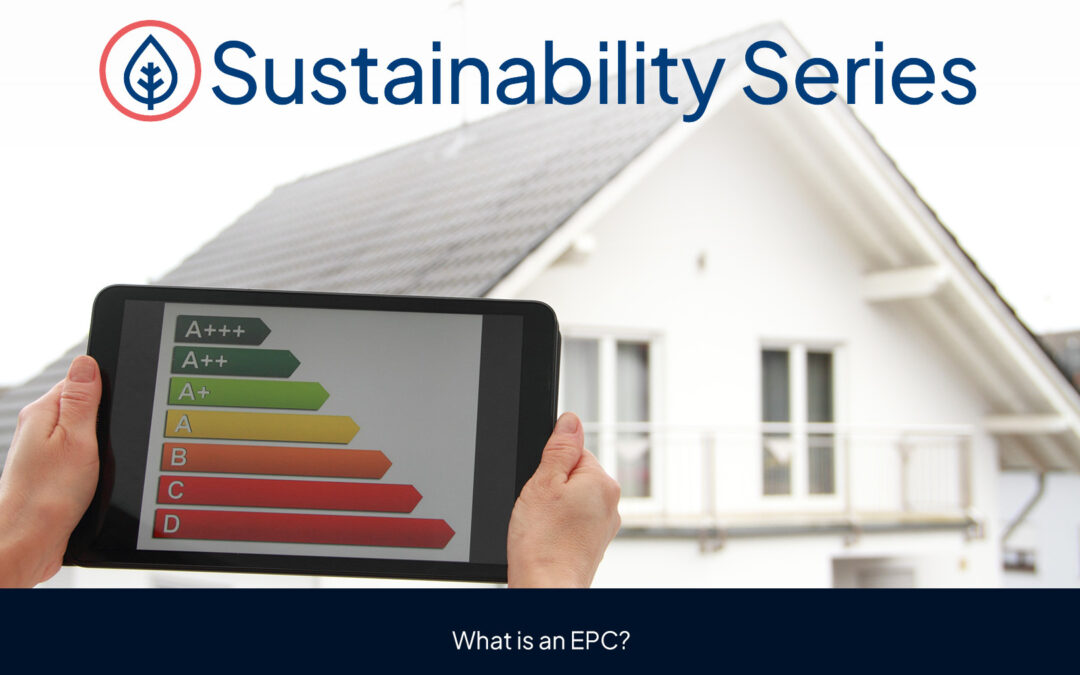If you’re considering a Buy to Let mortgage, it’s important to understand the key aspects that differentiate it from a residential mortgage.
We’ve teamed up with leading mortgage brokers, L&C, to answer some common questions about borrowing limits, deposit requirements, tenancy agreements, property types, and eligibility for first time buyers…
How much can I borrow for a Buy to Let mortgage?
Unlike residential mortgages, Buy to Let mortgages primarily consider the potential rental income of the property. Lenders typically require the rental income to be at least 125% of the monthly mortgage payments, based on interest only repayment. For example, if your mortgage costs £800 per month, the rent should be at least £1,000 per month.
What deposit is required for a Buy to Let mortgage?
As with any mortgage, a larger deposit gives you access to better mortgage deals. Generally, a deposit of around 25% or more of the property’s value is expected. However, some lenders may accept a minimum deposit of 15% if the rental income is sufficient.
Do I need a tenancy agreement for a Buy to Let property?
For private landlords renting out a property that’ll serve as the tenants home, an Assured Shorthold Tenancy (AST) agreement is typically required. Mortgage lenders will insist on an AST and may request a copy as part of the application process. Visit the GOV.UK website for further information on tenancy agreements.
Are there property types that are challenging to secure a Buy to Let mortgage on?
Mortgage lenders assess the suitability and safety of the property they finance. While each property is evaluated individually, lenders often impose general restrictions on certain property types such as:
- New build flats: Lenders may require a higher deposit for new build flats
- Ex-local authority properties: Other privately owned flats in the same block may influence lending decisions
- High-rise flats: Lenders might restrict lending based on the number of floors in a building
- Flats above commercial premises: Properties situated above restaurants, shops, or offices may face restrictions
- Holiday homes: Lenders typically prefer properties capable of generating consistent rental income throughout the year. Limited mortgage options may apply to holiday homes
Expert mortgage advice is invaluable in navigating these restrictions and identifying suitable lenders.
Can first time buyers purchase a Buy to Let property?
Yes, first time buyers can invest in Buy to Let properties, however, mortgage options may be limited.
Lenders may require first time landlords to own their residential property for a certain period, six months for example, alternatively, owning any property, including another Buy to Let property while residing in rented accommodation, may suffice. Seek guidance from a mortgage advisor to explore which lenders accommodate these circumstances.
What is a House in Multiple Occupation (HMO)?
A HMO refers to a property rented by multiple tenants who are not part of the same family. It’s classified as a HMO if it houses at least three tenants from different households and features shared toilet, bathroom, or kitchen facilities. Depending on the property and location, a HMO license may be necessary.
Contact your local authority to determine if your property qualifies as a HMO and whether a license is required. Note that securing a mortgage on a HMO property may be limited, but an advisor can assist you in finding suitable lenders.
Think carefully before securing other debts against your home. Your home or property may be repossessed if you do not keep up repayments on your mortgage.
Content provided by OnTheMarket.com is for information purposes only. Independent and professional advice should be taken before buying, selling, letting or renting property, or buying financial products.






